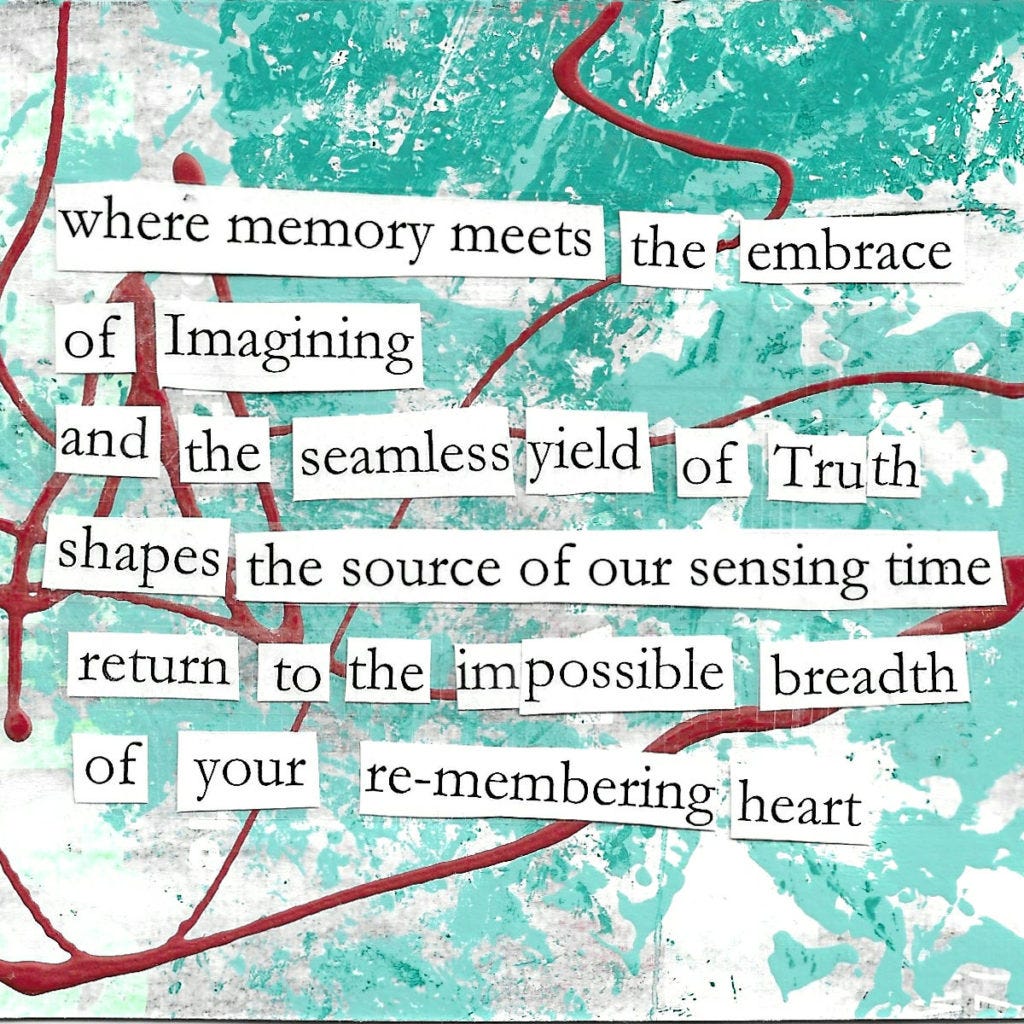Memory and Imagination
John Green writes that "Language shapes our memories, and it is also shaped by our memories."
He says in one of the footnotes of The Anthropocene Reviewed that "Nothing lies like memory".
Memory is inaccurate and unreliable. Memory decays and degrades. But, perhaps, if it is a 'lie', it is a lie in the same way that fiction is a lie; "good lies that say true things", as Neil Gaiman explains. True things that can "keep you sane," says Matt Haig, and that can keep "you you".
Memory can be molded. Fashioned and refashioned. Constructed, deconstructed, and reconstructed. It is something we are always actively and creatively engaging with and participating in. Memory is a story. It is like a text. Its meaning is malleable, and at any given time we attempt to reread through fading pages of memory in an effort reinterpret what it means now in the light of this day, at this time, in this place. Perhaps memory is always an activity of exegesis and eisegesis. Reading-out and reading-in. Remembering and re-membering. Interpreting and reinterpreting. Imagining and reimagining. The hermeneutics of our own history.
Carlo Rovelli says that "our consciousness is based on" the meeting of "memory and...anticipation". He says that "This space" where memory meets and combines "with our continuous process of anticipation is the source of our sensing time as time, and ourselves as ourselves". This space, "Suspended...in these patterns," between image and event, where "we might reimagine our lives...through story", writes Barry Lopez; where "we embrace the great breadth of memory, [where] we can distinguish what is true, and [where] we may glimpse, at least occasionally, how to live without despair in the midst of the horror that dogs and unhinges us." Where we can right and re-write ourselves.



